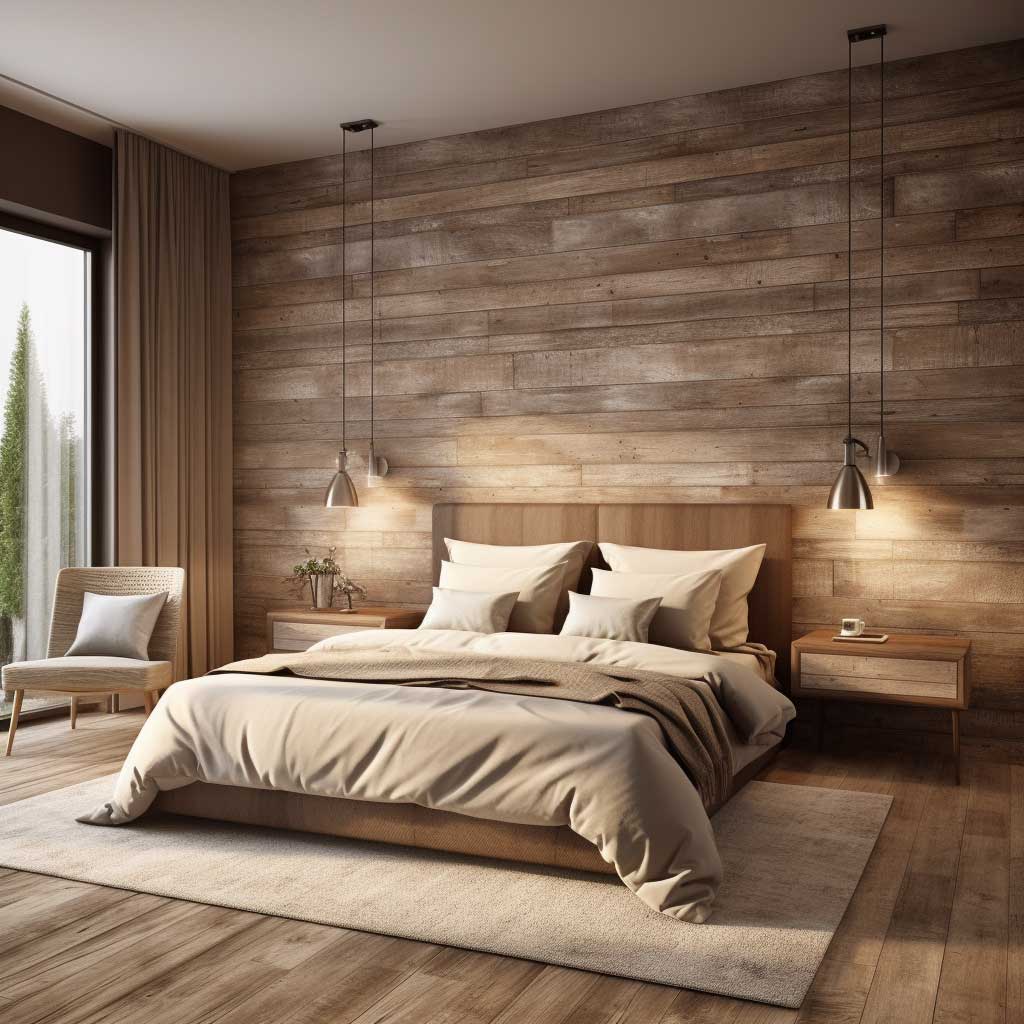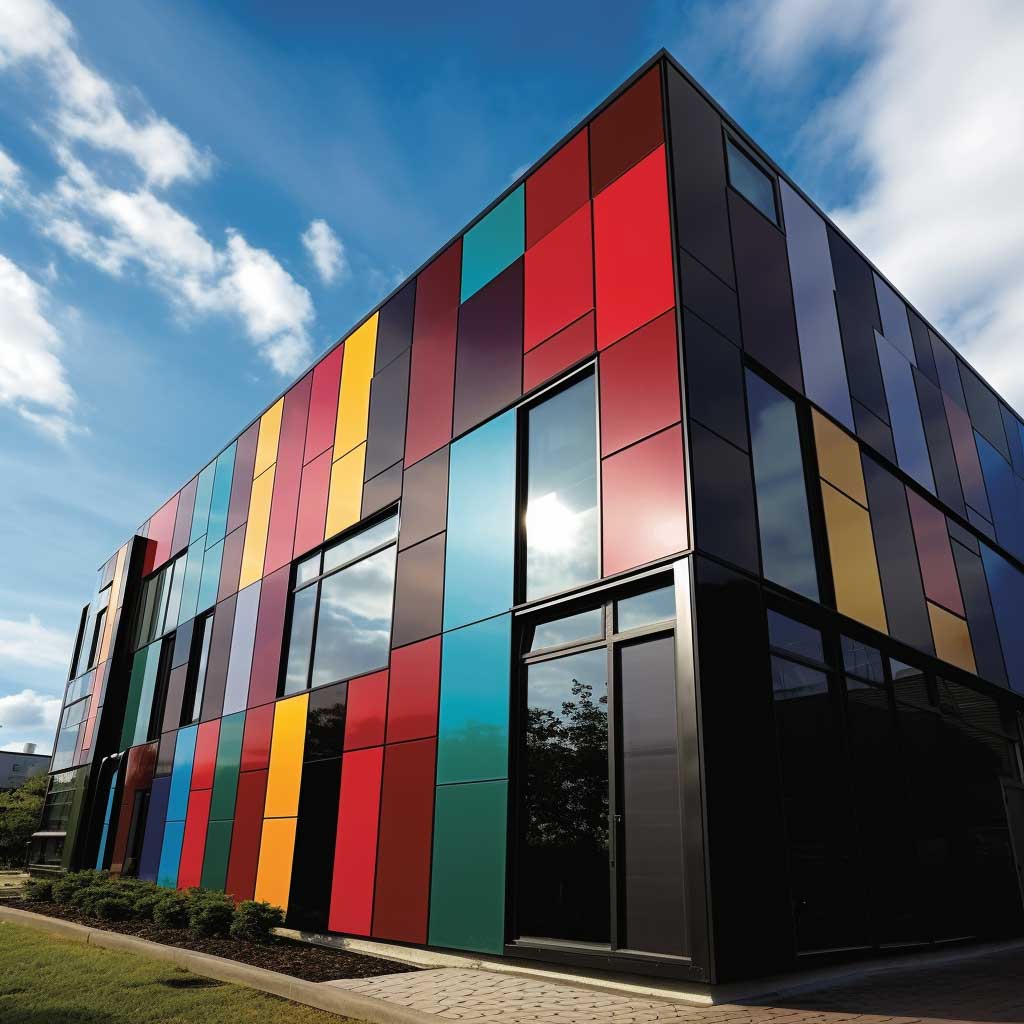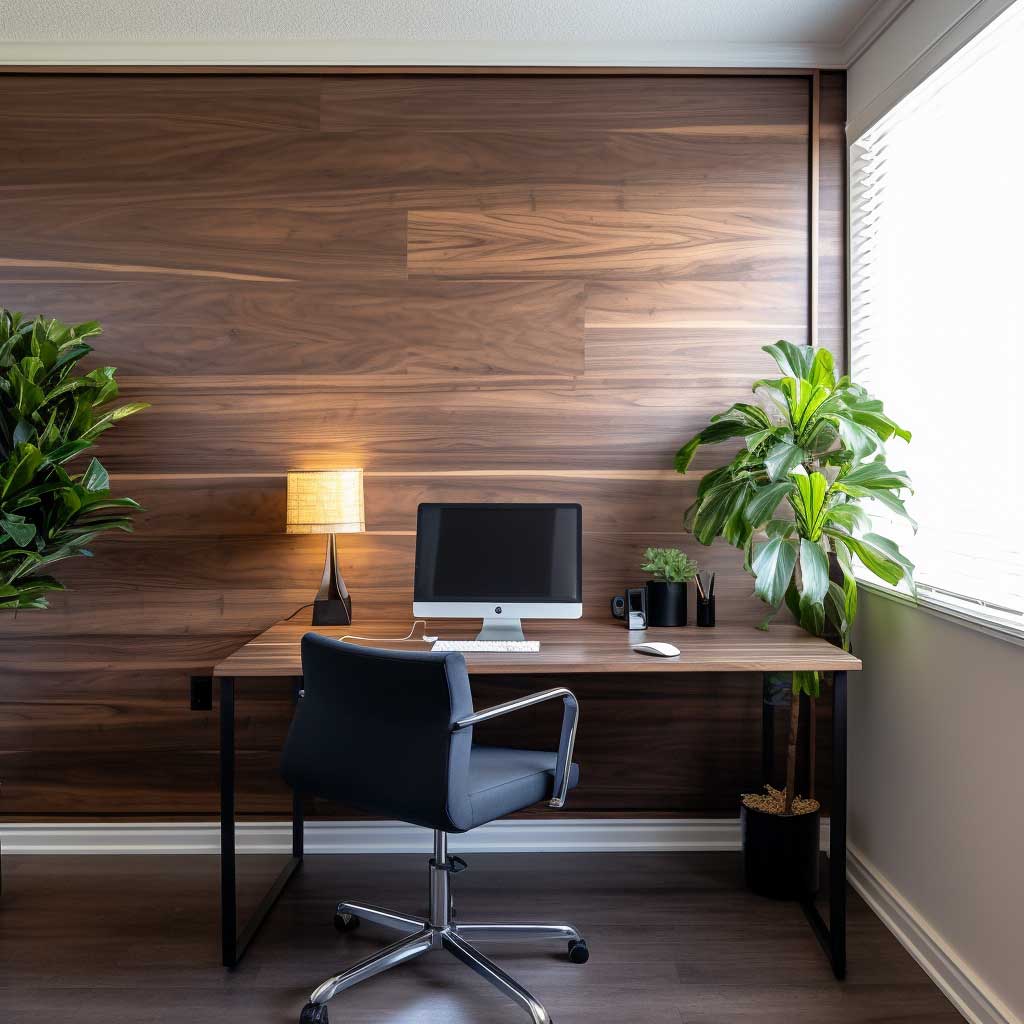In the ever-evolving world of architectural design, exterior timber cladding has emerged as a favorite for both designers and homeowners alike. This natural material not only offers aesthetic appeal but also boasts sustainability and durability. As we move forward, several trends are shaping the way we perceive and use timber cladding. Let’s delve into three of the most prominent trends that are setting the tone for modern architectural designs.
Modern Homes Embracing Vertical Timber Cladding
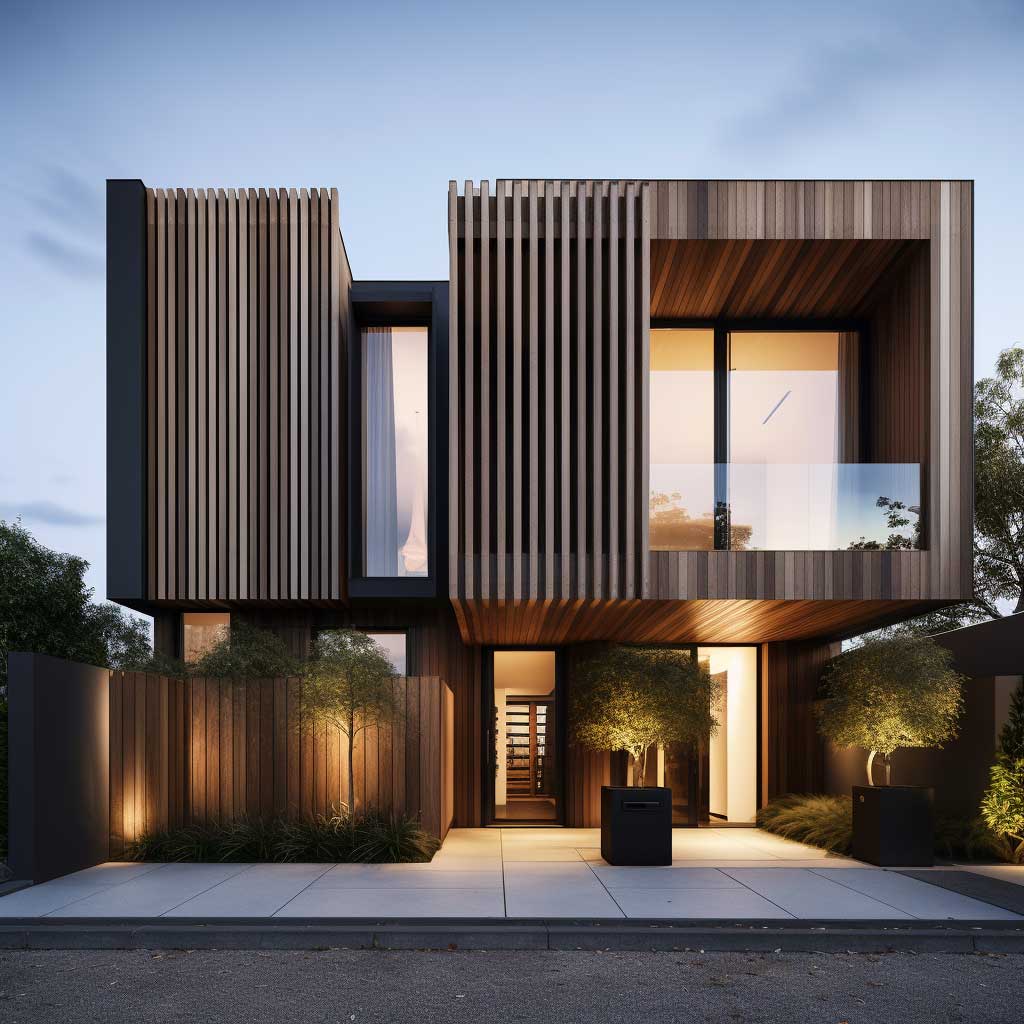

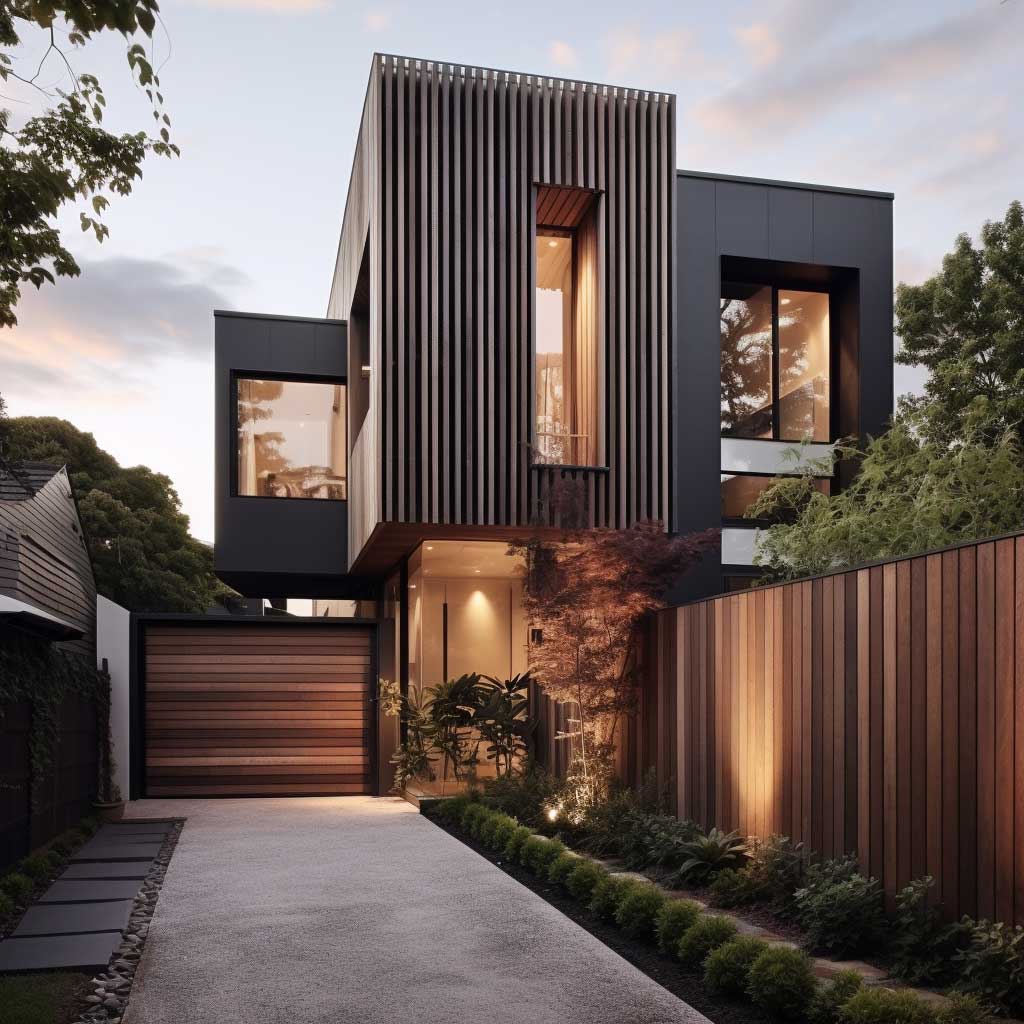

In the vast expanse of architectural wonders, there’s a trend that’s rising vertically, quite literally. The world has seen a shift, a tilt, a reorientation towards vertical timber cladding. This isn’t just wood attached to a building; it’s a statement, a style, a signature of modernity. The verticality of the timber strips, running from the ground and reaching for the skies, symbolizes growth, ambition, and a break from the traditional.
The first time you lay eyes on a home adorned with vertical exterior timber cladding, there’s an immediate sense of elongation. The structure seems taller, more imposing, yet inviting. The timber, in its vertical disposition, draws the eyes upwards, making one ponder the limitless skies and the vast potential of design.
But why has vertical become the new vogue in timber cladding? Perhaps it’s a reflection of our urban landscapes. As cities grow and space becomes a premium, we build upwards. Skyscrapers touch the clouds, and our homes, though not as tall, seek to mimic this ascent. Vertical timber cladding, thus, becomes a metaphor for this urban growth.
Yet, it’s not just about mimicking the urban sprawl. There’s an artistry in using timber this way. Each plank, each strip of wood, tells a story. The grains, the knots, the imperfections – they all come together in a harmonious dance of nature and design. And when these are aligned vertically, they narrate tales of trees that once reached for the sun, of forests that stood tall and proud.
The choice of timber, too, plays a crucial role. Dark woods like walnut or mahogany lend a sense of luxury and opulence. Lighter woods like pine or cedar, on the other hand, bring freshness, a touch of the outdoors, into our homes. And when the sun plays on these vertical timber facades, casting shadows, creating contrasts, the spectacle is nothing short of mesmerizing.
In essence, modern homes embracing vertical timber cladding aren’t just making a design statement. They’re telling stories, evoking emotions, and challenging conventions. As we move forward, this trend is only set to grow, with more homes seeking to touch the skies, clad in the beauty of vertical timber.
Combining Timber with Other Materials for a Unique Facade
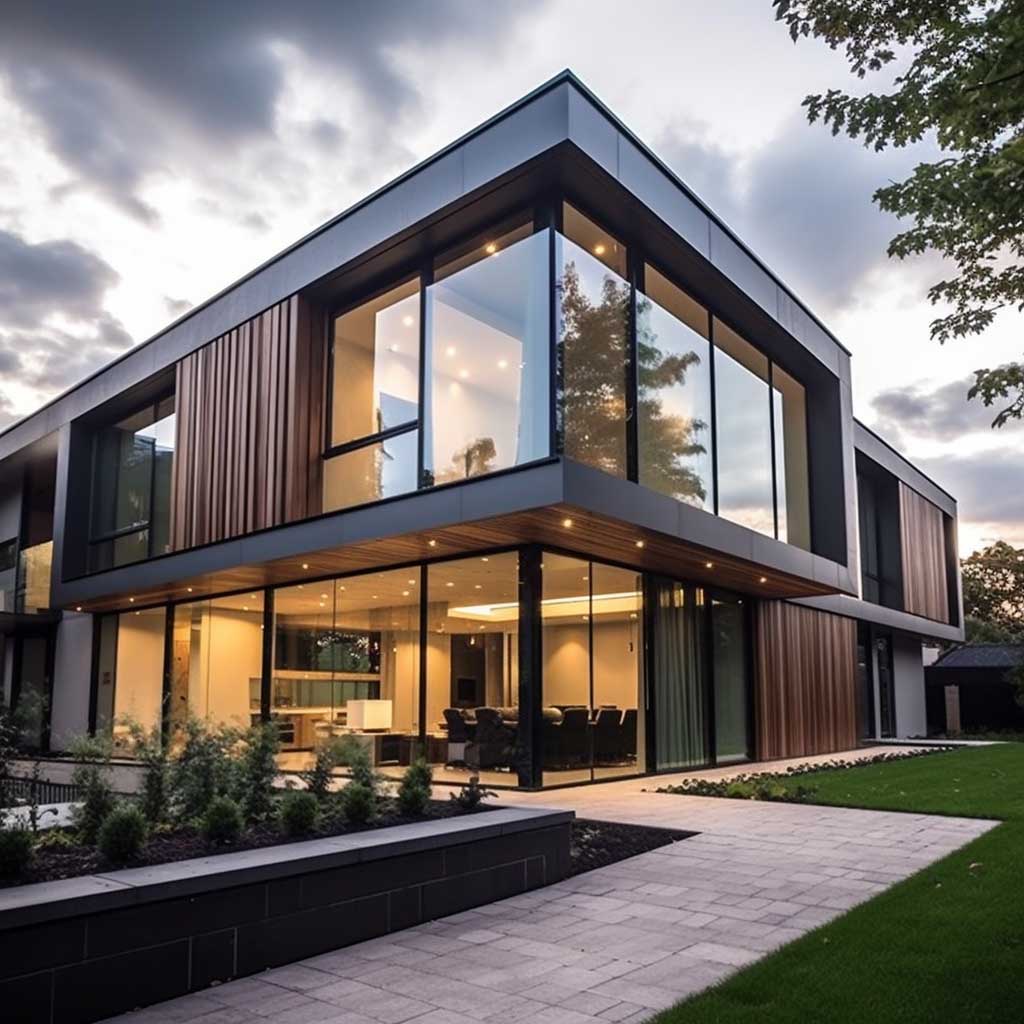
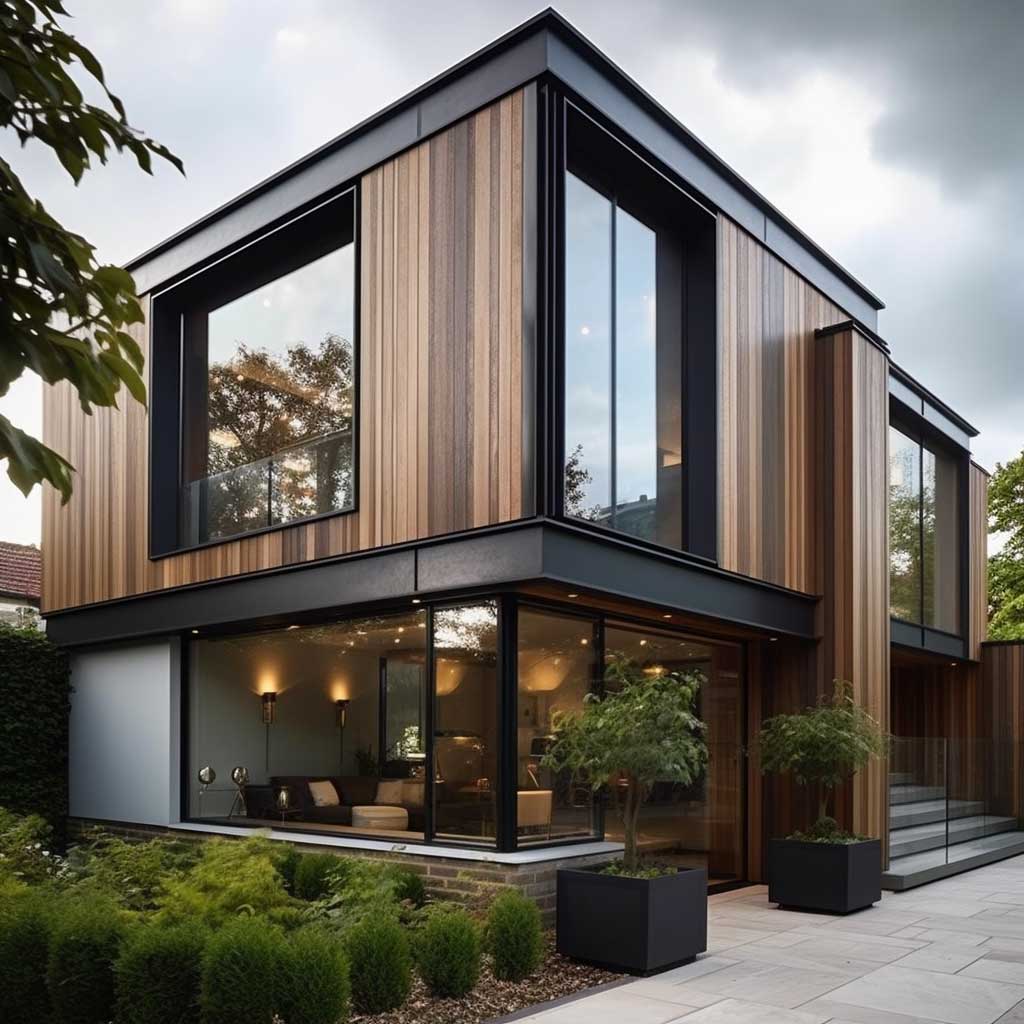
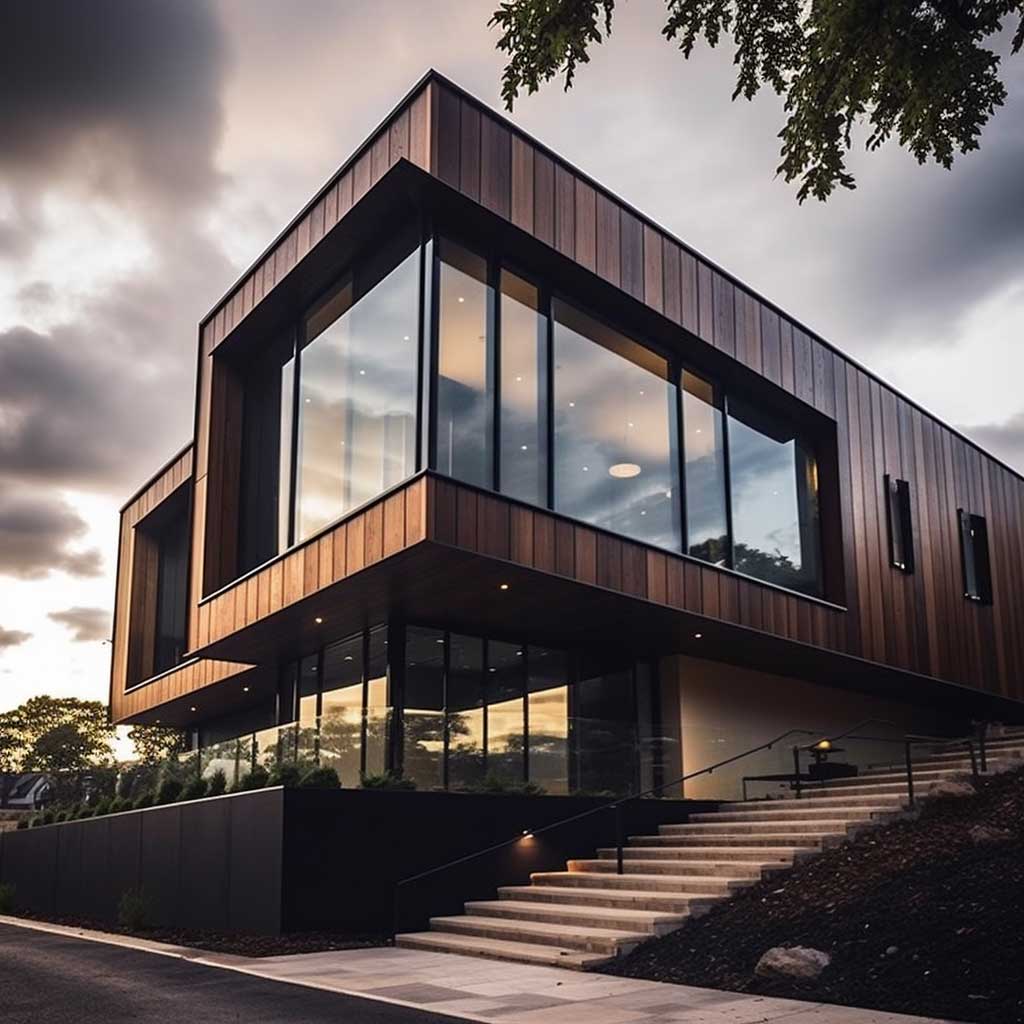
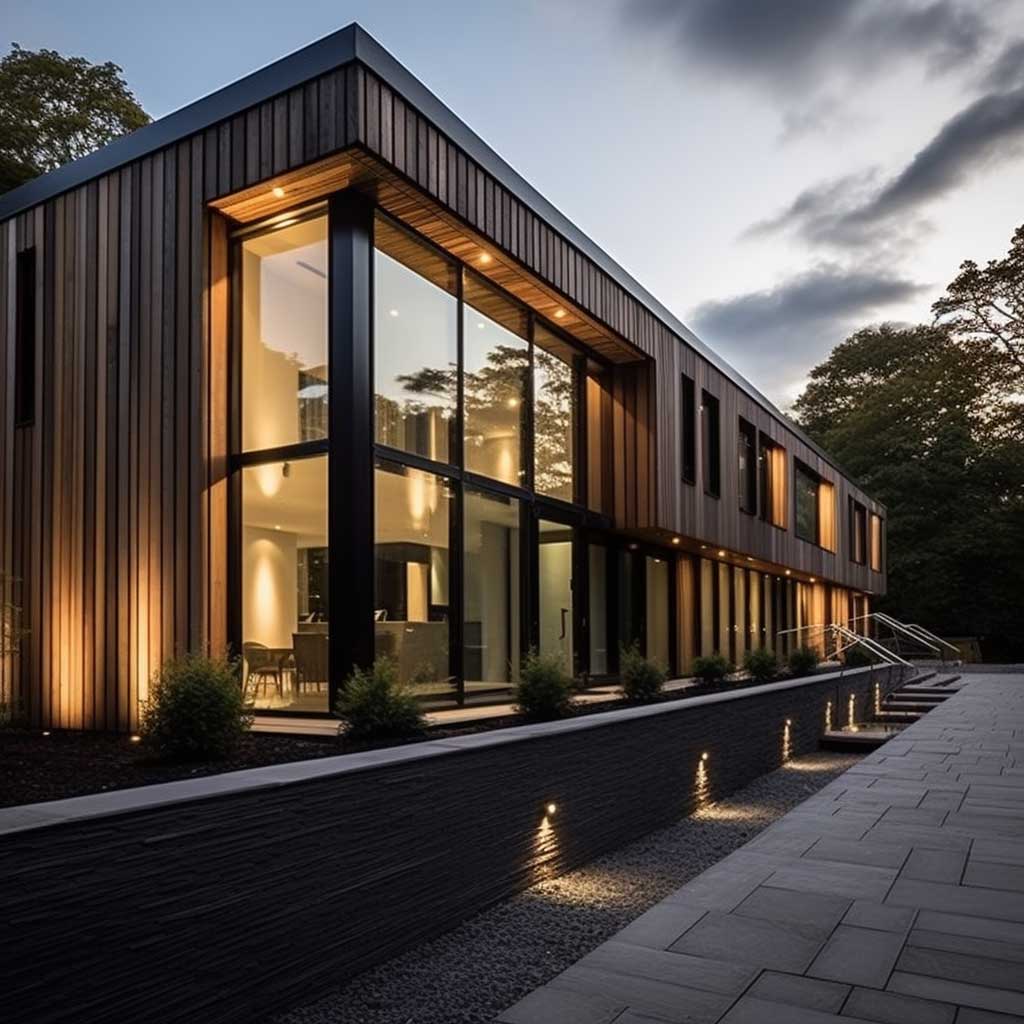
In the symphony of construction, timber has always been a melodious note. But when timber collaborates with other materials, the resulting harmony is unparalleled. The trend of combining exterior timber cladding with other elements is not just about aesthetics; it’s a confluence of functionality and art.
Imagine a facade where the warmth of timber meets the coolness of glass. The juxtaposition is striking. The timber, with its grains and textures, offers a tactile, earthy feel. The glass, smooth and transparent, provides a window (literally) into the soul of the house. Together, they create a balance, a yin and yang of construction materials.
But the collaboration doesn’t end with glass. Metals, especially steel and aluminum, have entered this partnership. The strength and rigidity of metal provide a perfect counterpoint to the organic flexibility of timber. In some avant-garde designs, timber is encased in metal frames, creating pockets of nature in an industrial setting. The result? A facade that’s both modern and timeless.
The beauty of combining timber with other materials lies in the endless possibilities. A splash of stone here, a panel of concrete there, and you have a canvas that’s eclectic yet cohesive. Each material brings its own strength, its own character to the table. And timber, with its versatility, binds them all together.
This trend, though relatively new, speaks to a deeper human need – the need for diversity, for breaking the monotony. In a world of cookie-cutter homes, a facade that combines timber with other materials stands out, beckons, and entices. It tells the world that the inhabitants are not afraid to experiment, to blend the old with the new, the organic with the man-made.
In conclusion, as we march into the future, this trend is set to redefine our urban landscapes. Homes will no longer be just brick and mortar; they’ll be canvases where materials come together, under the guiding hand of timber, to create art.
Charred Timber Cladding Making Bold Statements

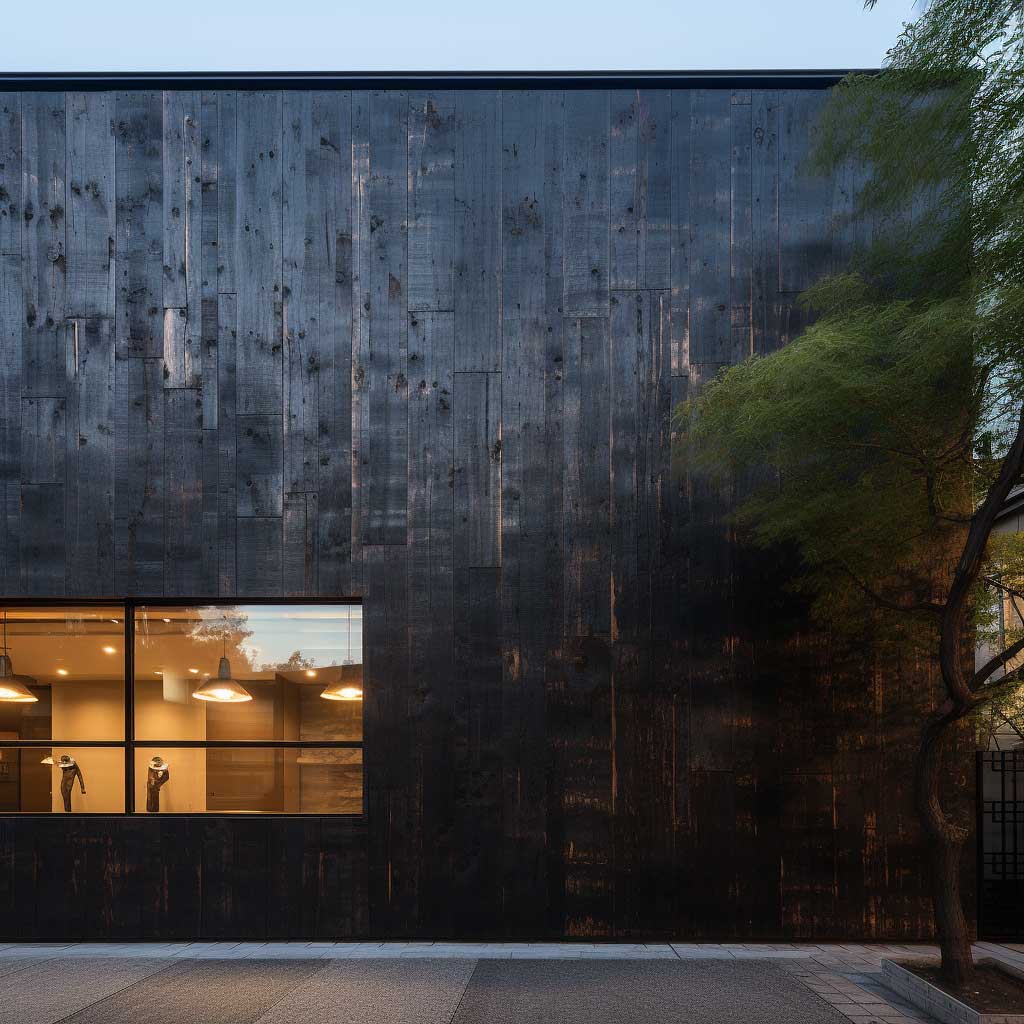


There’s something primordial about fire. It’s a force of nature, both destructive and regenerative. And when this force meets timber, magic happens. Charred timber cladding, known in Japan as Shou Sugi Ban, is a testament to this magic. It’s a trend that’s as much about aesthetics as it is about preservation.
At first glance, charred timber might seem like a paradox. Why would one intentionally burn wood, especially for a facade? But delve deeper, and the genius of this technique reveals itself. The charring process, which involves burning the surface of the timber and then cooling it rapidly, renders the wood resistant to pests, fire, and decay. What’s left is a material that’s as durable as it’s beautiful.
The beauty of charred timber cladding lies in its transformation. The once golden-brown hues of the wood turn into deep blacks and grays, with a hint of the original color peeking through. The grains become more pronounced, almost like scars, each telling a tale of its encounter with fire.
But this trend isn’t just about the visual appeal. It’s a statement, a bold one. In a world obsessed with perfection, a charred facade stands defiant. It wears its imperfections with pride, challenging the onlooker to find beauty in the unconventional. And more often than not, the onlooker does.
Modern homes adopting this trend are making a statement. They’re embracing the old, the ancient, but presenting it in a contemporary context. These homes are not just structures; they’re narratives of nature, of fire, of resilience.
As we look to the future, charred timber cladding is set to become more than just a trend. It’ll be a movement, a return to the basics, a celebration of the raw, the rustic, the real. And in this celebration, fire and timber will dance, creating symphonies in black and gray.
Conclusion
Exterior timber cladding is more than just a design choice; it’s a statement of style, sustainability, and innovation. As these trends demonstrate, the possibilities with timber cladding are vast and varied. From vertical installations to combinations with other materials and even ancient techniques finding modern applications, timber cladding continues to inspire and transform our built environment. For those looking to make a mark with their architectural choices, keeping an eye on these trends is essential.

